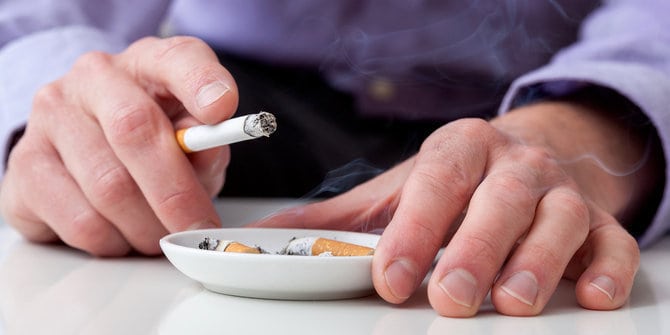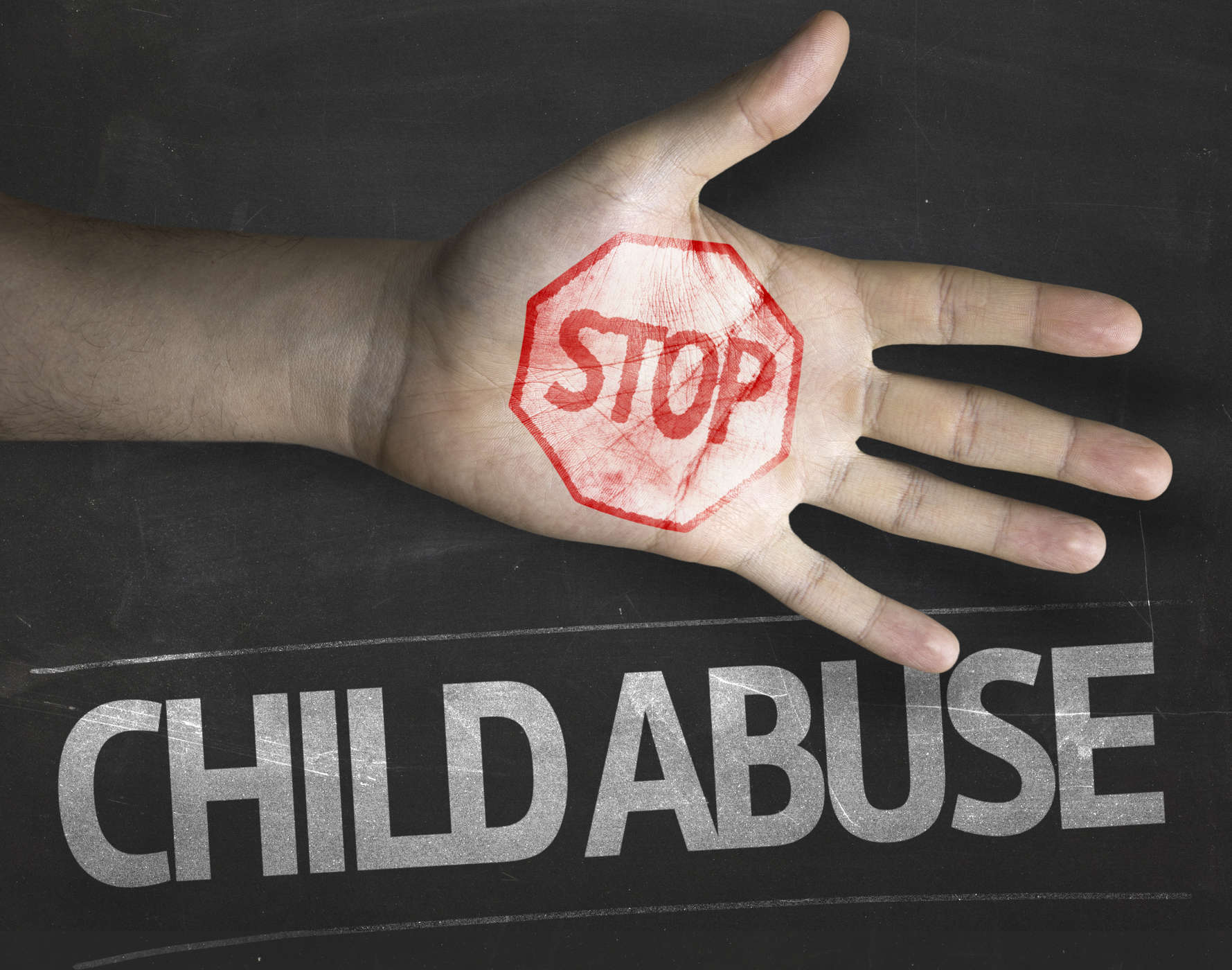Contents:
- Medical Video: Smoking & Your Bones
- Why can osteoporosis be one of the dangers of cigarettes?
- What are the dangers of smoking for bone health?
- The impact of smoking on bones is long-term damage
- Can the dangers of smoking on bone health be prevented?
Medical Video: Smoking & Your Bones
"Smoking can cause cancer, heart attacks, impotence, and pregnancy disorders". As soon as the slogan warning the danger of smoking contained in cigarette packs. But not many know that it turns out the dangers of smoking also haunt bone health. Se active smokers will find it easier to experience osteoporosis later in life.
Why can osteoporosis be one of the dangers of cigarettes?
Osteoporosis is defined as a condition of loss of bone density which causes bones to break easily. Bone damage due to osteoporosis is characterized by pain in the bones, and can result in permanent physical disability and even death. The relationship between smoking and the occurrence of osteoporosis has been known for decades since the behavior of smoking directly reduces bone density.
Like other body cells, bone cells need blood flow that is free of toxins so that they can grow and regenerate optimally. Toxins that enter the body when you smoke will slowly damage various body cells, including bone cells. Damaged bone cells cause brittle bone density and porous easily.
Smoking also causes indirect bone damage. In some cases, smoking decreases a person's ability to engage in physical activity, triggering other unhealthy lifestyles, such as consuming alcohol. The dangers of cigarettes also weaken the immune system of smokers in general so that they have consumption patterns and absorption of unhealthy nutrients. Especially in women, smoking increases the risk of early menopause, which is an important factor in the occurrence of osteoporosis.
What are the dangers of smoking for bone health?
The contents of cigarettes, nicotine and various other toxic substances, trigger changes and bone damage in several ways, including:
- Smoking affects the ability to drain blood containing nutrients and oxygen throughout the body, including bone tissue.
- Smoking increases the hormone cortisol in the blood, thus speeding up the process of releasing bone cells (osteoclasts)
- The toxic effects of cigarettes slow the formation of new bone cells (osteoblasts) by inhibiting the work of the calcitonin hormone so that healthy bone cells become less.
- Nicotine in the blood also tends to be toxic to osteoblasts.
- The effect of smoking also inhibits the process of absorption of nutrients in the intestine, especially vitamin D and calcium needed by bone tissue.
- Toxins from cigarettes also reduce estrogen levels in both men and women, these reproductive hormones are needed to maintain bone health.
The impact of smoking on bones is long-term damage
Bone damage from smoking is a long-term process, so the younger a person first smokes, the greater osteoporosis in old age. At the age of children up to the age of 30 years is the time when the body stores nutrients to build bone density. When individuals smoke at that time, the body's ability to store nutrients will decrease so that those who smoke will have a lower bone mass as adults. The density of mineral content in smokers' individuals is reported to be 15-30% lower than that of non-smokers.
After the age of 30 years, the bone mass will gradually decrease naturally, and the regeneration process will also slow down. At this time, the loss of bone density will not be able to return. With the added smoking habit, the process of decreasing bone density can occur even faster so that it develops into osteopenia, which is an early symptom of osteoporosis.
The long-term effects of the dangers of cigarettes on bone health are also not limited to individuals who smoke cigarettes but also others who breathe or are exposed to cigarette smoke. This is because most of the toxins are in cigarette smoke which can be inhaled and absorbed, causing the same effect on the body and bones of people around smokers.
Can the dangers of smoking on bone health be prevented?
Quitting smoking is the first and foremost way to minimize the toxic effects of cigarettes on bones. Make efforts to stop smoking properly and replace smoking habits at certain times with other habits that are needed to reduce the risk of relapse from smoking behavior. At any age, quitting smoking can prevent the process of bone damage which will eliminate one of your risk factors for osteoporosis.
In addition to quitting smoking, lifestyle changes to maintain bone health also need to be done by:
- Stop consuming alcohol to reduce the effects of malabsorption of calcium and vitamins
- Eating foods rich in calcium and vitamin D such as green vegetables, dairy products and fortified foods
- Starting a regular exercise that can maintain bone strength, such as lifting weights
- Use prescription drugs to manage osteoporosis if needed. Consult with a doctor first.












